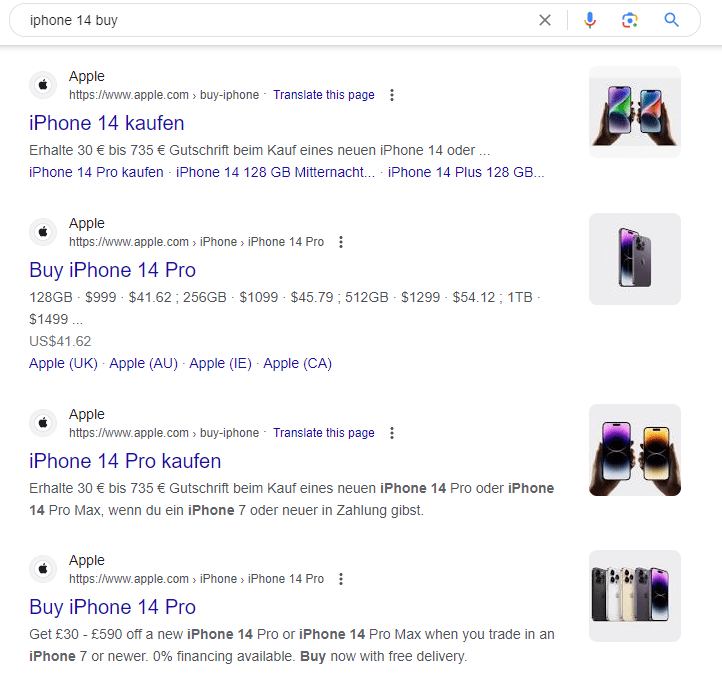Transactional query
Definition
A transactional query is a type of database query that is used to perform a specific action or task, such as inserting, updating, or deleting data. Transactional queries are typically used to make changes to the data stored in a database, and they are usually part of a larger process or transaction.

Example
For example, when a user makes a purchase on an e-commerce website, a series of transactional queries may be used to update the inventory database, process the payment, and update the customer's account information. These queries are typically designed to be atomic, meaning that they are either fully executed or not executed at all, in order to ensure the consistency and integrity of the data in the database.
Transactional queries can be contrasted with select queries, which are used to retrieve data from a database but do not make any changes to it.
Transactional queries in SEO
In the context of SEO (search engine optimization), transaction keywords are keywords that are related to the intent of completing a transaction or purchase on a website. These might include terms like buy, purchase, order, checkout, and shopping cart, as well as more specific terms related to the products or services being offered.
Using transaction keywords on a website can help to signal to search engines that the site is focused on enabling users to make purchases or complete transactions. This can be important for ranking the site in search results, as search engines often prioritize websites that are relevant and useful to users.
Incorporating transaction keywords into a website's content and metadata (such as the page title and meta description) can also help to improve the site's visibility and ranking for these terms in search results. However, it's important to use these keywords naturally and in a way that is relevant to the content of the site, as keyword stuffing (i.e., the practice of artificially inflating the density of keywords on a page) can actually have a negative impact on SEO.
Related links
Search Intent in SEO: How to Create the Right Type of Content


